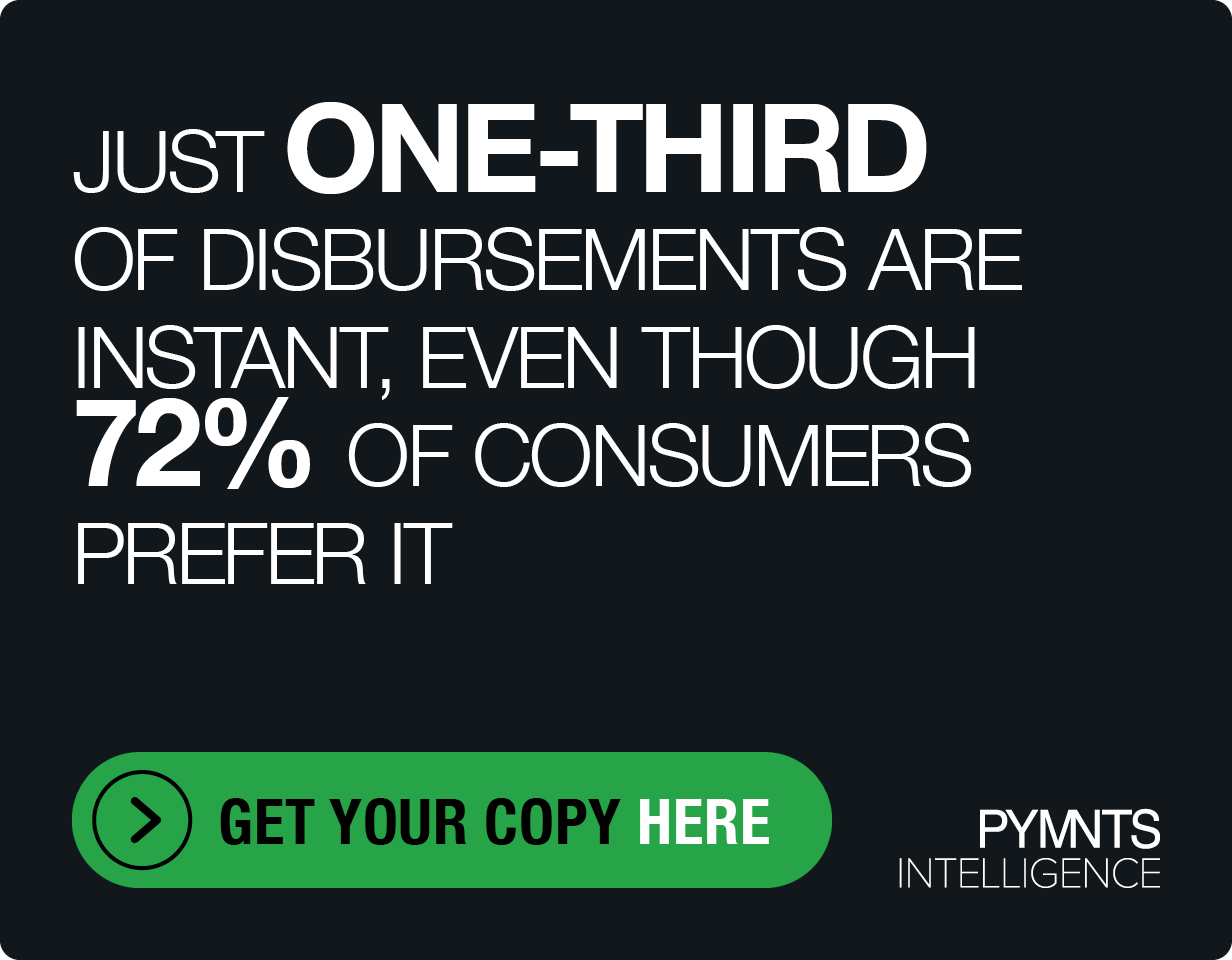How APIs, The Gig Economy Drive Payroll-Accounting Connectivity

With open banking business models inspiring FinTech innovators to explore other use cases for data integrations, the B2B financial services market has seen a swath of collaboration between traditional financial institutions and FinTech firms — and between FinTech firms themselves. Though not a new technology, application programming interfaces (APIs) are having a moment in the spotlight, thanks to open banking initiatives and their ability to break down data silos in the back office.
Driven by the embrace of Software-as-a-Service (SaaS) platforms, corporates now have a greater opportunity than ever to take advantage of data connectivity, and operate their various finance functions in harmony. It’s a logical progression for financial management, but not without its hurdles, said Mark Mathews, vice president and head of product development at time-tracking technology company OnTheClock.
The company recently launched a new function in its time clock platform, connecting accountants and payroll providers to employee time-tracking data to prevent manual and double data entry. Payroll and accounting are “codependent functions,” Mathews recently told PYMNTS.
Indeed, payroll is among several financial functions that stand to gain from getting closer to accounting. After all, any money coming in or out of a business must be recorded, reported on and analyzed. Accounting and enterprise resource planning (ERP) platforms are, therefore, a natural fit to consolidate that information, and properly reconcile wage payouts.
Increasingly, Mathews said, businesses are adopting accounting platforms and payroll technologies that can integrate with each other. However, today’s current climate means achieving that data is not always an easy feat.
“In the real world, we see a mixture of integrated versus non-integrated payroll software,” he explained. “For example, a large percentage of employers maintain their books internally, and outsource their payroll to a third party.”
This mix of internal versus outsourced operations can make data connectivity more complicated, as information must be moved between both internal systems of a business and the external systems of its third-party service provider.
Technological Barriers
As Mathews explained, “technical barriers” are often to blame for the challenge of payroll and accounting integration, especially in scenarios where each platform operates in different data formats and categories.
“A situation where this is especially true is when accounting software is installed directly on a company computer, and not accessible by a third party for integration, due to firewalls and security measures,” he said. “In this situation, these programs generally offer file import/export options to get data in and out of the software.”
That tactic doesn’t always guarantee speed and accuracy, however. With the rise of SaaS accounting and payroll solutions, though, web-based APIs — historically unavailable with traditional enterprise software packages — have made data accessibility “very easy.”
He pointed to Intuit’s QuickBooks Online platform as one example of how B2B FinTech firms are embracing the opportunity of data sharing, offering a suite of APIs for third-party platforms — like OnTheClock — to seamlessly and quickly move data between each other.
A Changing Payroll Landscape
The embrace of data connectivity between B2B FinTech platforms is occurring in a time of significant change for the payroll sector as a whole. New solutions and payment functionality enable choice in how businesses pay and how employees get paid, whether that be through direct deposit or payroll card, biweekly or in real time.
However, the payroll sector continues to be bogged down by legacy processes and tools, Mathews noted.
“While many employers [and] payroll providers are moving toward ACH direct deposit, many employers are still printing employee paychecks,” he said, adding that the continued use of paper and manual time-tracking, as well as employee hour data kept in various formats, is also commonplace. These tactics limit data integration capabilities, not to mention they expand the risk of errors and lost money (for either a business or its employees).
Digitization is on the rise. However, while SaaS adoption can address these friction points, future shifts in the payroll landscape will introduce new challenges to getting closer to the accounting team.
Mathews believes that the accounting industry will be “largely unaffected” by the rise of the gig economy. Regardless of how a business pays a professional (or the category of that professional as an employee, contractor, gig worker or otherwise), it must still collect that payment information, and record that data into its accounting platform.
What that means for the payroll and time-tracking space remains uncertain, he noted. Depending on the legal categorization of a gig worker, Mathews said, “these freelancers will most likely never be on the company’s payroll, but rather [be] paid a fixed fee using PayPal and other payment gateways, leaving both payroll and time-tracking out of the mix.” What that means for payroll and its relationship to accounting remains to be seen.
“We all know how distributed — work-at-home — workers affected commercial real estate vacancies,” he said. “The big question is how the gig economy [will] affect payroll and time-keeping in the coming years.”
